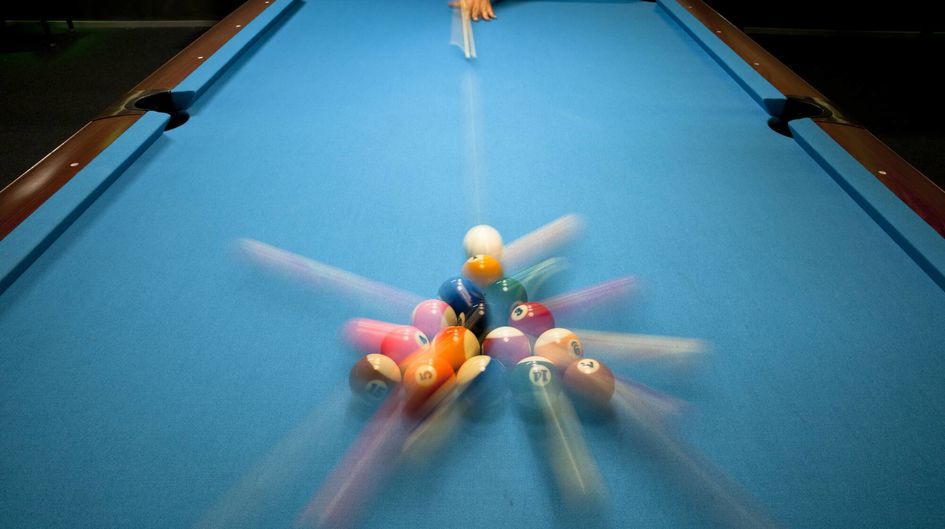Surface modification
Silanes can interact with numerous substances (among them water).

Hydrophobic effect
Hydrophobic effects can be achieved by the application of alkylsilanes on a wide range of mineral substrates:
- Porous surfaces, such as concrete, natural stone to create water repellency
- Mineral fillers and pigments to improve dispersibility and compatibility in organic polymers
PRODUCTS
more information
Oleophobic effect
Oleophobic effects can be achieved by the application of fluoroalkylsilanes on a wide range of substrates.
- Smooth surfaces, such as glass and ceramic to create durable anti-stick and easy-to-clean properties
- Porous surfaces, such as concrete, natural stone to create easy-to-clean and anti-graffiti properties
- Cellulose materials, such as wood to achieve long lasting water and oil repellency
Please click here for more information
Hydrophilic effect
Hydrophilic effects on mineral materials can be achieved by the use of silanes containing hydrophilic functionalities, such as amino, polyethylene oxide, and epoxy. These properties improve dispersibility in polar solvents, water, and polar polymers and allow higher filler loadings.
Organophilic effect
Organophilic effect on inorganic materials can be achieved by using a number of organofunctional silanes.
Many applications benefit from these properties:
- Compatibility between filler/reinforcement and organic polymer
- Improved processing
- Higher filler loadings
- Improved wetting of the inorganic material by the polymer

